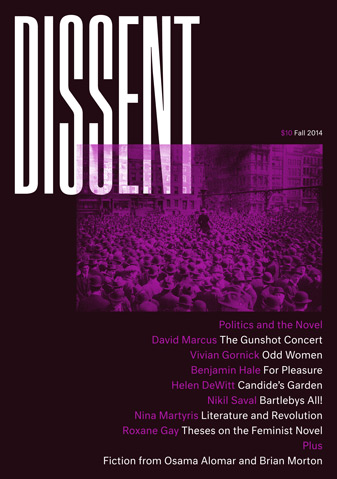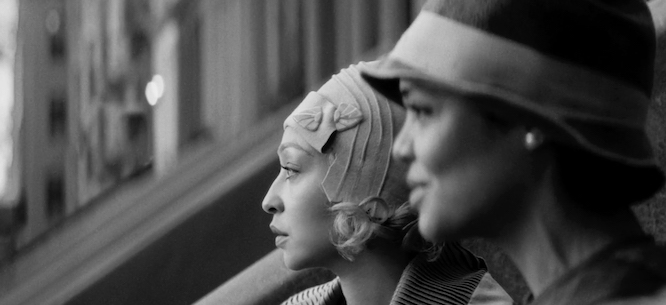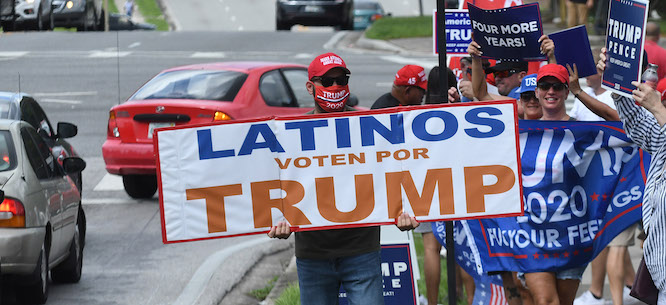Brute Ideology
Dissent
Fall 2014
Walter Johnson, Winthrop Professor of History; Professor of African and African American Studies; Director, Charles Warren Center for the Study of American History
Harvard University

Racecraft: The Soul of Inequality in American Life by Barbara J. Fields and Karen E. Fields. Verso, 2012, 310 pp.
The Problem of Slavery in the Age of Emancipation by David Brion Davis. Knopf, 2014, 448 pp.
The field of U.S. history today is characterized by a mania for management. The “new” history of capitalism has focused its attention on the creation and daily reanimation of the grand abstraction from which it draws its title: the mid-level market makers who take capital and transform it into capitalism. In the aftermath of the 2008 financial crisis, increasing numbers of historians have turned their attention to the histories of powerful historical actors we have too long ignored or dismissed as “dead white men” unworthy of the attention of the properly progressive historian: financiers, bankers, and businessmen of all kinds. Despite the obvious importance of the task and the avowedly critical purpose of the turn towards the study of the mechanisms of market practice, however, some of the bolder claims that have been used to mark out the novelty of this “new” history seem unwarranted, perhaps even misguided. Can historians really set aside the study of racial and sexual domination now that they have discovered the economic exploitation underlying all other history? Can they really write a better history of capitalism by simply replacing the history of the marginal with the history of the powerful? Amidst the end-of-historiography enthusiasm for the “new” history of capitalism, two recent books remind us of the enduring importance of some of the questions posed by the old history of capitalism: questions of determination, ideology, and hegemony, and of collective action, resistance, and (even) revolutionary social change.
Bringing together previously published and new essays treating U.S. history from the time of the American Revolution to the eve of the Occupy movement in 2011, Racecraft reminds us that, at the very least, the “new” history of capitalism has some very distinguished antecedents. Taken together, the writing of the historian Barbara J. Fields and the sociologist Karen E. Fields (sisters; hereafter “Fields and Fields”) provides a sustained and brilliant exposition of the history and practice of race-marking in America. If race is “socially constructed,” as virtually every educated person in the United States knows it officially to be, then why do we believe we can determine the race of the person on the other end of the line as soon as we pick up the phone?
As the title’s invocation of witchcraft suggests, the book is framed by the idea that there is something occult about such everyday practices of divination. For the authors, race is a kind of magical thinking, a way of isolating a few of the surface features of near-infinite human diversity and over-generalizing them into an architecture of biological, social, and even metaphysical difference. Race thinking, they suggest, is a sort of transubstantiation that adduces essence out of circumstance, made up of turns of phrase and ways of thinking so familiar and yet so powerful as to persistently remake the material world in their own image.
Fields and Fields illustrate and expose this sort of magic through a close reading of the printed matter of our times: newspaper accounts of proudly segregated high-school proms and white supremacists carrying guns to Obama campaign rallies; peer-reviewed articles published in scholarly journals and the bureaucratic memos that established the “multiracial” category in the U.S. census. They juxtapose the “troglodyte racism” of the crypto-Klan birthers to the breathless intonations of historical transcendence (“the end of racism??!!”) common among twenty-first-century white liberals. The main argument of the book is with the latter’s sometimes unwitting, sometimes self-congratulatory engagement with the dark magic of racial difference itself.
Take the “multiracial” moment—the idea that the bad old days of “black” and “white” may finally be giving way to an embrace of “mixture” and “difference.” But wait: “mixture” of what with what? According to Racecraft, the Census Bureau defines a “multiracial” person as “someone with two monoracial parents.” Through the heart of the celebration of the new multiracialism circulates a notion of blood purity worthy of The Birth of a Nation. For Fields and Fields, any invocation of “race” as an explanatory or even descriptive category is in and of itself racist. The use of “race” to explain anything from ancestry to economic inequality unwittingly reinforces the false belief in deep-rooted biological differences between black and white people. “Ancestry,” according to the authors, should be understood as a way that individuals are linked across generations without being thickened into “race.” Heredity, whether responsible for visible traits like curly hair or hidden ones like the sickle cell, is just that and nothing more: “‘genetic’ is not equivalent to ‘racial.’”
If we had only to worry about a mediascape where relevance is measured by the ability to attach ideas to beginnings and endings (the “post-racial” election of the “first black president”) things would be bad enough. “Racecraft,” however, has infiltrated even the hallowed ground of academia. Precisely and compellingly, Fields and Fields demonstrate that scientists use “racial” causes to explain what are in fact social effects. A recent scientific study of high asthma rates among schoolchildren in the South Bronx, for example, concluded that—in addition to heavy traffic, dense population, poor housing, and lack of preventative health care—the neighborhood was characterized by “a large population of blacks and Hispanics, two groups with very high rates of asthma.”…
Read the entire review of both books here.


